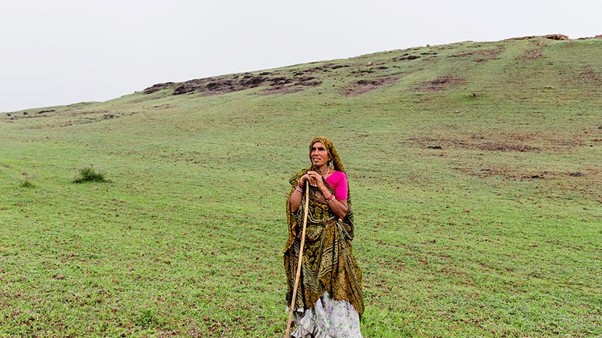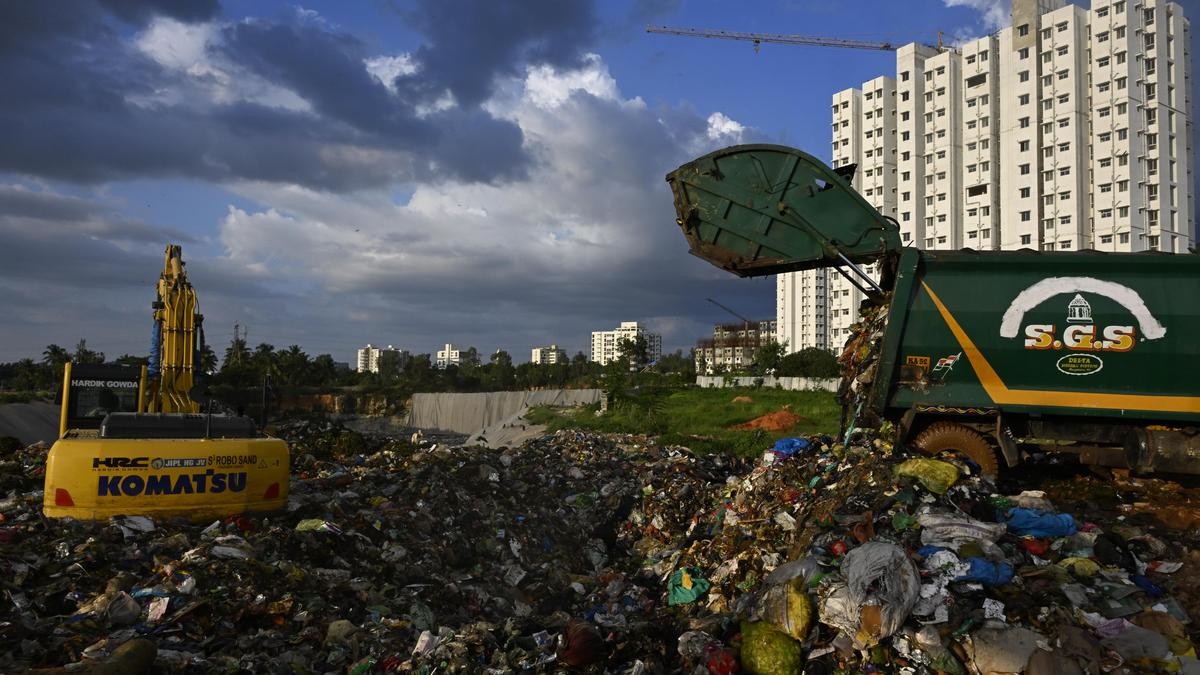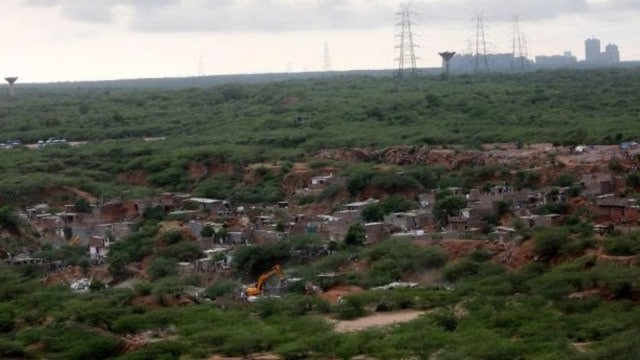




Disclaimer: Copyright infringement not intended.

Source: IE
Practice Question :Q. Discuss the challenges faced by enforcement agencies in curbing tiger poaching in India, focusing on issues related to coordination, staffing, and resources. 250 words |







© 2025 iasgyan. All right reserved